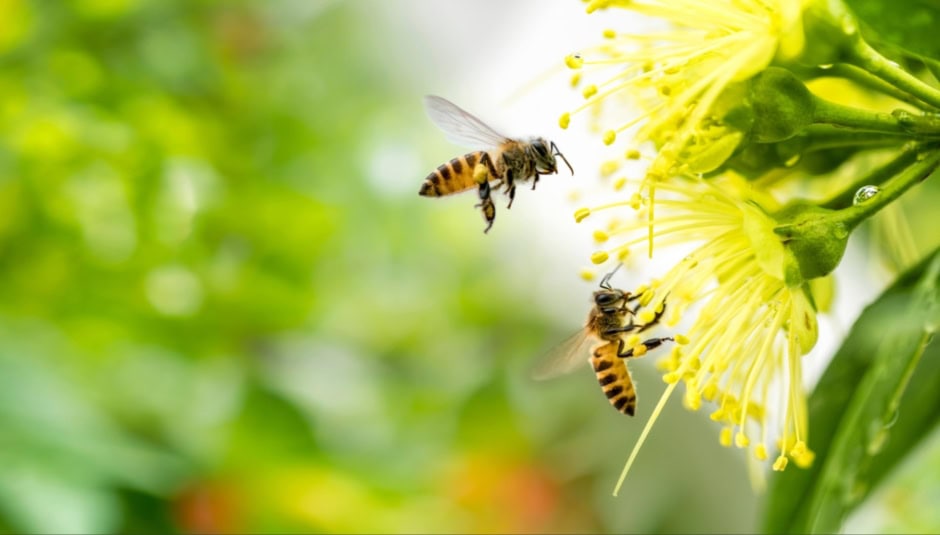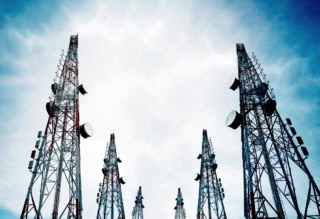China Engineers Turn Bee into Power Generating Source with Micro Energy Harvester

A team of Chinese researchers has achieved a notable milestone by turning the bee into a power generating source using a featherlight piezoelectric energy harvester (PEH). The innovative device leverages the natural thorax vibrations of bees to generate electricity, all while allowing the insects to fly unimpeded.
Developed by scientists at the Beijing Institute of Technology and Sun Yat-sen University, the PEH was engineered to harmonize with the bees’ natural vibration frequency. The goal: to harvest energy without interfering with the bees’ normal aerial behaviors.
Constructed from lightweight and flexible PVDF (polyvinylidene fluoride) films, the energy harvester weighs a mere 46 milligrams—lighter than a grain of rice. Despite its size, it achieved a peak voltage of 5.66 volts and a power density of 1.27 milliwatts per cubic centimeter, effectively making the bee a power generating source for potential future cyborg applications.
A Microscopic Leap in Bioenergy Harvesting
Advancements in insect-powered technology have long aimed to strike a balance between efficient energy capture and biological compatibility. The latest innovation does exactly that by aligning the harvester’s resonant frequency with the bees’ thorax vibrations and refining its center of gravity.
“By synchronizing the frequency interval and optimizing the center of gravity, we aligned the harvester’s resonance with the bee’s vibration, achieving seamless energy conversion,” said Dr. Jieliang Zhao, lead researcher from the Beijing Institute of Technology.
The PEH includes a double-crystal design to boost voltage, and its construction involved laser-cut copper substrates combined with PVDF films using conductive adhesive. A 3D-printed mold helped achieve the final shape. Validation came through multiphysics simulations in Comsol and real-time motion tracking using high-speed CMOS cameras.
Buzzing Toward Self-Sustaining Cyborgs
According to the team, bees equipped with the device maintained natural flight, hovered with ease, and quickly recovered from flips—confirming the harvester’s minimal biomechanical impact.
Despite the breakthrough, challenges remain in terms of energy storage and large-scale deployment. “Next steps include integrating energy management circuits and adapting the technology for other insects like butterflies and dragonflies,” said co-author Jianing Wu from Sun Yat-sen University.
Published in Cyborg and Bionic Systems, the study outlines a future where biohybrid systems could serve in environmental surveillance or disaster zones, with nature’s tiniest flyers operating as mobile power sources. This new approach significantly reduces the need for bulky batteries and opens new avenues for green micro-scale energy solutions.

Manik Aftab is a writer for TechJuice, focusing on the intersections of education, finance, and broader social developments. He analyzes how technology is reshaping these critical sectors across Pakistan.


 2 min read
2 min read
















